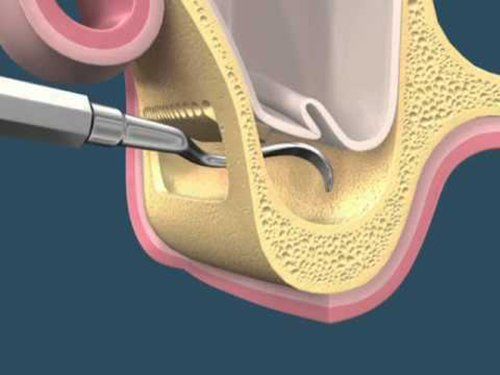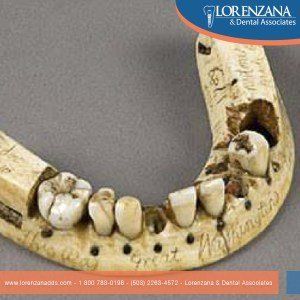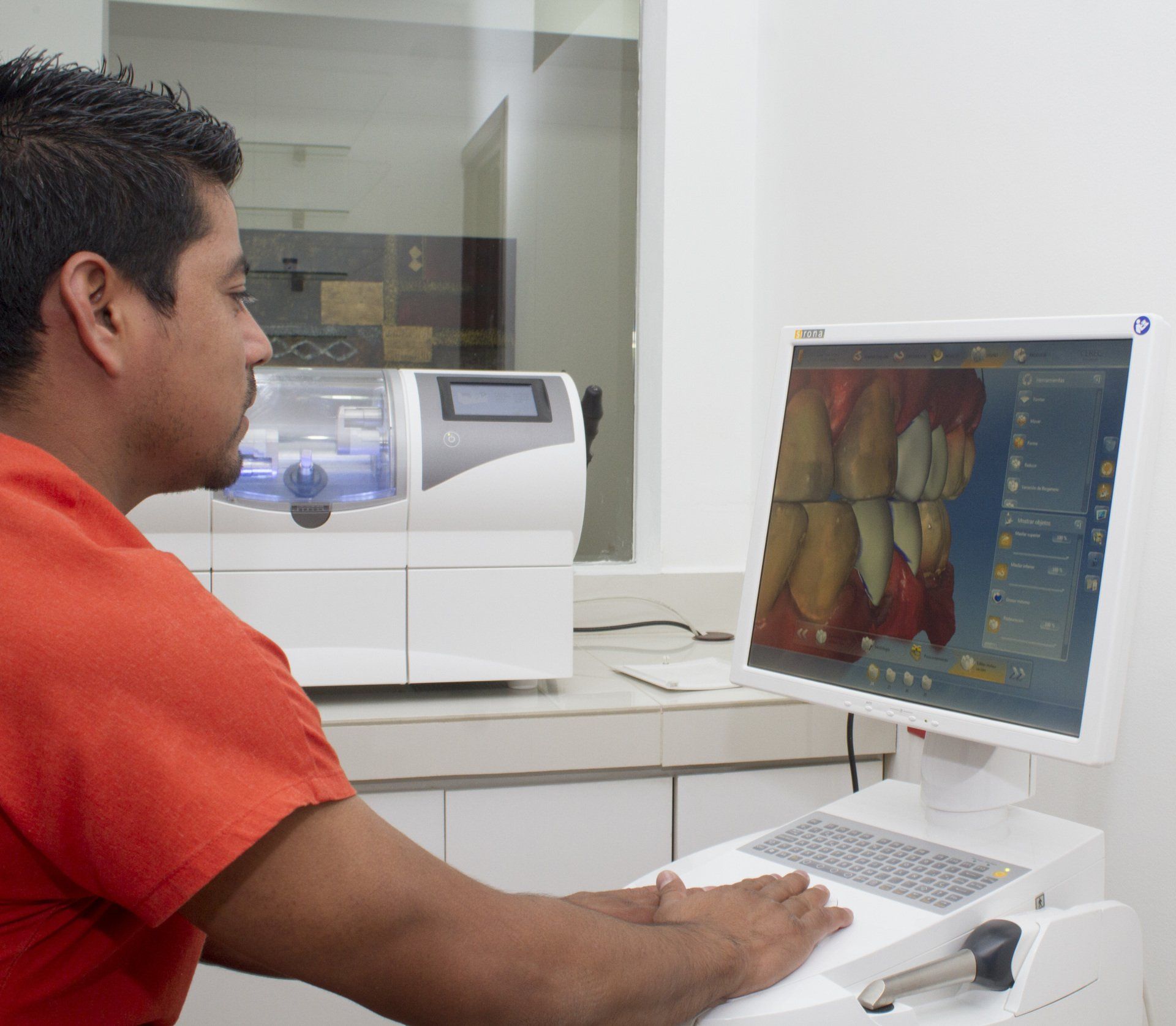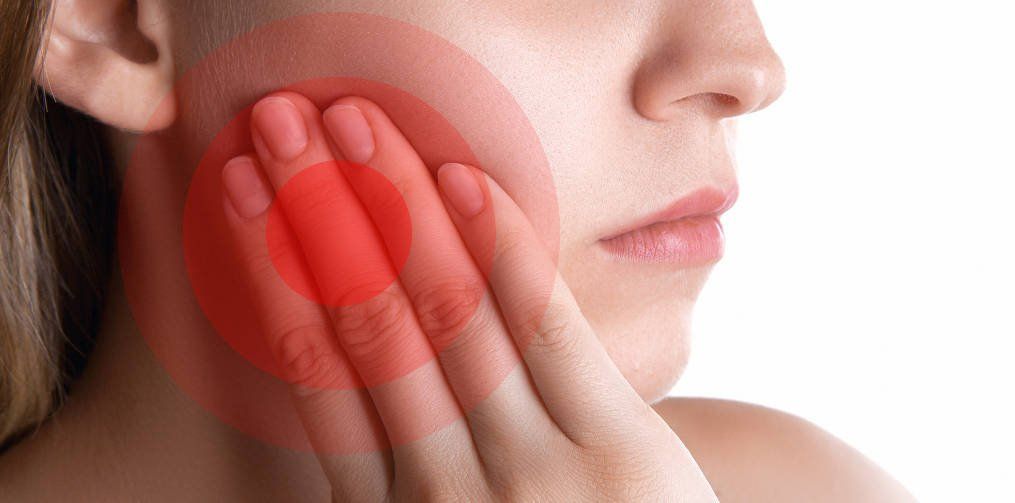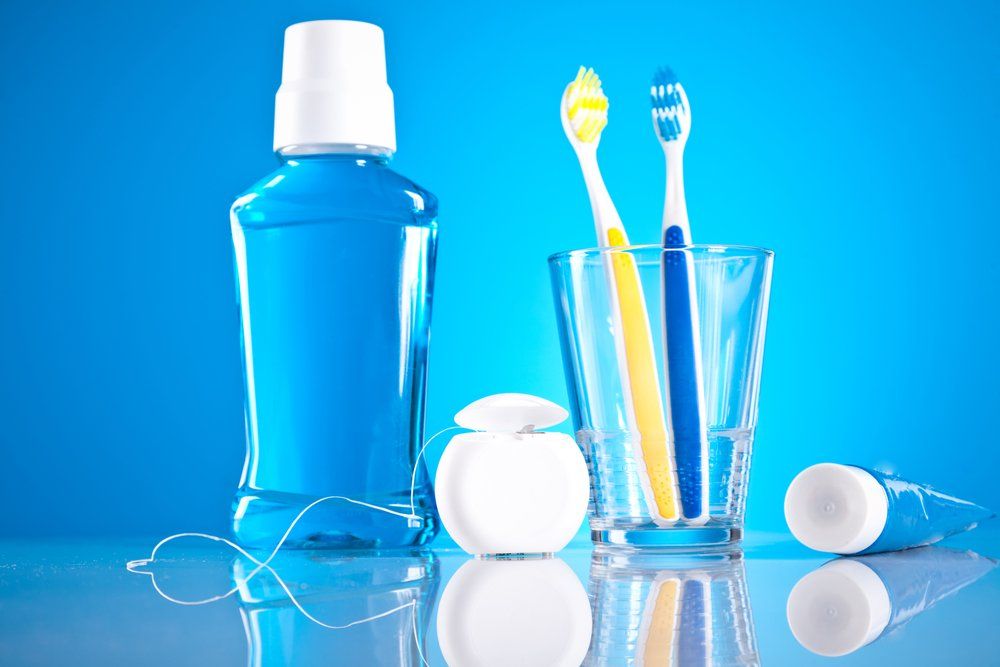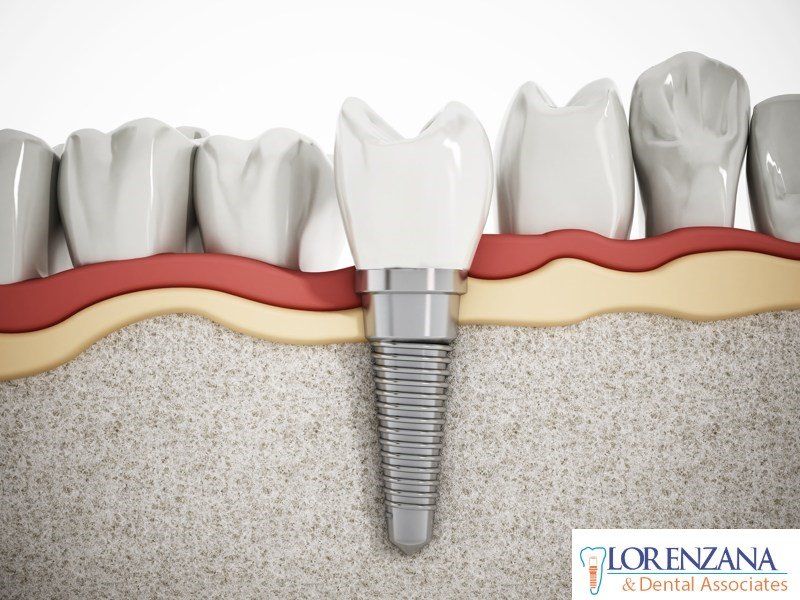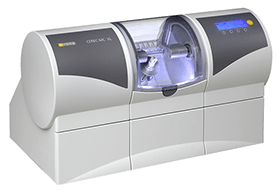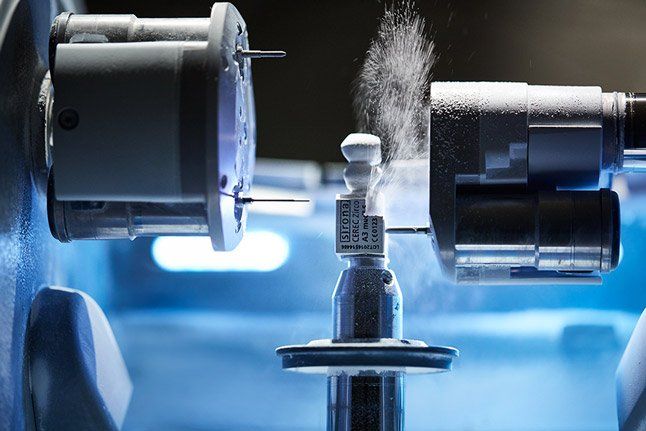Oral Cancer
National Institute of cancer calculates approximately 40.000 persons in United States would suffer oral cancer in 2012. Around 8.000 would have died from this illness.
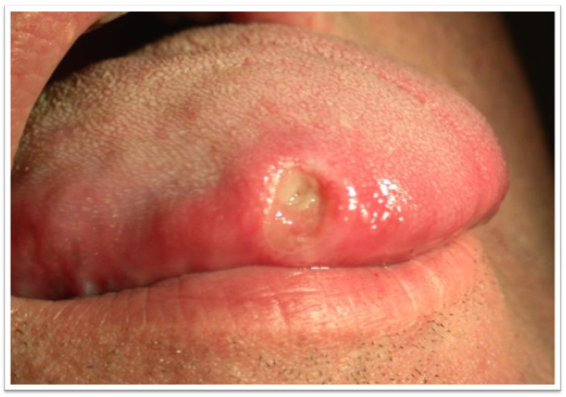
Oral cavity includes lips, the lining of the cheeks, gums, front part of the tongue, floor of the mouth, throat and palate. The throat (pharynx) begins on the soft part of the palate and climbs down to the properly said throat. It includes the posterior section of the tongue as the base where it units with the floor of the mouth.
Some of the symptoms of oral cancer are:
- Ulcers that easily bleed or that don’t heal
- a thick or hard spot or a lump
- a rough or crusted area
- numbness or pain
- a change in the way your teeth fit when you bite
Make sure to talk to your dentist about any problem that you have when chewing, swallowing, talking or moving your tongue or jaw.
Most of oral cancers are of the type called squamous cell carcinomas which tend to quickly disseminate.
Smoke and other uses of tobacco are associated with most of oral cancer cases. Excessive alcohol consumption also increase the risk of suffering oral cancer
Other factors that increase risk of suffering oral cancer are:
- Chronic ribbing (caused for example by sharp teeth, dentures or fillings)
- Human Papilloma Virus infections (HPV)
- Taking medicines that weaken the immune system (immunosuppressants)
- Poor oral hygiene
Some cases of oral cancer begin as a white plaque (leukoplakia) or as a mouth ulcer.
Treatment
Generally surgical removal of the tumor is recommended if it is small enough. Surgery can be used in conjunction with radiation therapy and chemotherapy for larger tumors.
Oral cancer can be discovered when the dentist performs a routine cleaning or examination.
Schedule an appointment with your doctor if you have an injury in the mouth or lip or a lump in the neck that does not go away after a month. Regular visits to the dentist can improve possibilities that any suspicious change on your mouth health can be discovered on an early stage when oral cancer can be easier treated. Oral cancer diagnose and treatment opportunely highly increase surviving probabilities
Cancer de boca
El Instituto Nacional del Cáncer calcula que a aproximadamente 40.000 personas en Estados Unidos serían diagnosticados con cáncer de boca o garganta en 2012. En torno a 8.000 personas morirán a causa de la misma enfermedad.
La cavidad bucal incluye los labios, el revestimiento de las mejillas,
las encías, la parte delantera de la lengua, el piso de la boca debajo
de la lengua y la bóveda palatina que conforma el paladar. La garganta
(faringe) comienza en la parte blanda del paladar y desciende hasta la
garganta propiamente dicha. Incluye la sección posterior de la lengua
así como la base donde esta se une al suelo de la boca.
Algunos de los síntomas del cáncer de boca o garganta son:
- úlceras que sangran con facilidad o que no se curan;
- una mancha gruesa o dura o un bulto;
- una zona áspera o con costra;
- entumecimiento o dolor;
- un cambio en la manera en que encajan sus dientes cuando muerde.
Asegúrese de hablarle al dentista sobre cualquier problema que tenga al masticar, tragar, hablar o mover la lengua o la mandíbula.
La mayoría de los cánceres orales son del tipo denominado carcinomas escamocelulares, los cuales tienden a diseminarse rápidamente.
Fumar y otros usos del tabaco están asociados con la mayoría de los casos de cáncer oral. El consumo de alcohol en exceso también incrementa el riesgo de cáncer oral.
Otros factores que pueden incrementar el riesgo de cáncer oral son, entre otros:
- La frotación crónica (a causa, por ejemplo, de dientes ásperos, dentaduras postizas u obturaciones)
- Infección con el virus del papiloma humano (VPH)
- Tomar medicinas que debilitan el sistema inmunitario (inmunodepresores)
- Higiene oral y dental deficiente
Algunos casos de cáncer oral se inician como una placa blanca (leucoplasia) o como una úlcera bucal.
Tratamiento
Generalmente se recomienda la extirpación quirúrgica del tumor si este es lo suficientemente pequeño. La cirugía se puede usar junto con radioterapia y quimioterapia para los tumores más grandes.
El cáncer oral se puede descubrir cuando el odontólogo realiza una limpieza o un examen de rutina.
Solicite una cita con el médico si tiene una lesión en la boca o en el labio o una protuberancia en el cuello que no desaparece al cabo de un mes. Las visitas habituales al dentista pueden mejorar las posibilidades de que cualquier cambio sospechoso en su salud bucal sea detectado pronto, en un momento en que el cáncer pueda ser tratado con más facilidad. El diagnóstico y tratamiento oportunos del cáncer oral incrementan enormemente las probabilidades de sobrevivir.
